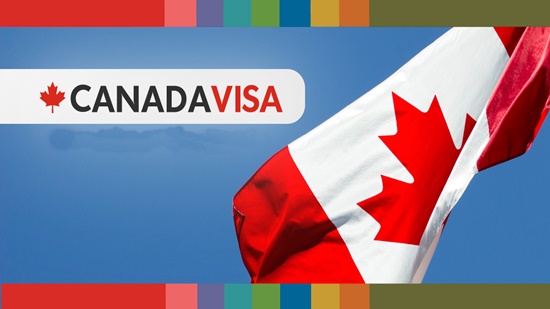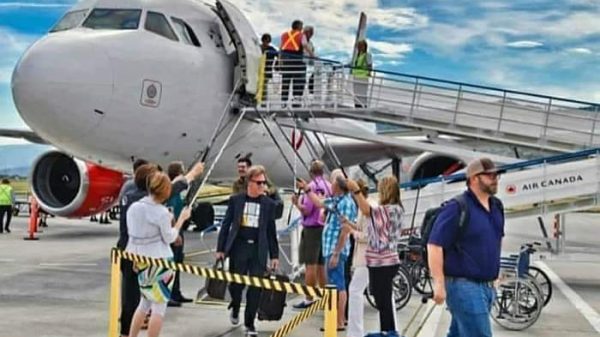NECO Fishery Past Questions And Answers (Objective and Theory)
Section A: Fishery Questions (Continued)
Question: What is a fish aggregating device (FAD) and how does it impact fisheries?
a) Device attracting fish for easier catch
b) Tool to measure fish population
c) Gear used for deep-sea fishing
d) Structure promoting fish migration
Answer: a) Device attracting fish for easier catch
Question: How do marine protected areas (MPAs) contribute to fisheries management?
a) Allow unrestricted fishing
b) Preserve marine life by restricting fishing
c) Encourage overfishing
d) Promote illegal fishing practices
Answer: b) Preserve marine life by restricting fishing
Question: What role does habitat restoration play in sustainable fisheries?
a) Decreases biodiversity
b) Harms fish populations
c) Enhances fish habitats and populations
d) Accelerates overfishing
Answer: c) Enhances fish habitats and populations
Question: Explain the concept of a closed fishing season and its purpose.
a) Allowing fishing year-round
b) Temporarily prohibiting fishing during specific periods
c) Promoting overfishing
d) Ignoring fishery regulations
Answer: b) Temporarily prohibiting fishing during specific periods
Question: What is the significance of catch-and-release practices in recreational fishing?
a) Maximizes fish catch for sport
b) Reduces fish populations
c) Promotes sustainable recreational fishing
d) Encourages overfishing
Answer: c) Promotes sustainable recreational fishing
Section B: Fishery Theory Questions (Continued)
Question: Explain the concept of the Exclusive Economic Zone (EEZ) and its role in fisheries management.
Answer: The Exclusive Economic Zone (EEZ) is an area extending 200 nautical miles from a country’s coastline, giving that nation exclusive rights to exploit and manage marine resources within this zone. It plays a crucial role in regulating and managing fisheries for sustainable use.
Question: Discuss the importance of traceability in seafood supply chains and its impact on combating illegal, unreported, and unregulated (IUU) fishing.
Answer: Traceability in seafood supply chains involves tracking the journey of fish from catch to consumption. It helps combat IUU fishing by ensuring transparency, verifying legality, and holding actors accountable throughout the supply chain.
Question: Describe the concept of bycatch reduction devices and their role in promoting sustainable fishing practices.
Answer: Bycatch reduction devices are tools or modifications to fishing gear designed to minimize the unintentional capture of non-target species. They play a crucial role in promoting sustainable fishing practices by reducing the ecological impact of bycatch.
Question: Discuss the potential socio-economic impacts of overfishing on fishing communities.
Answer: Overfishing can lead to reduced fish stocks, impacting the income and livelihoods of fishing communities. It may result in economic challenges, unemployment, and migration, emphasizing the need for sustainable fisheries management to support these communities.
Question: Explain the concept of Integrated Multi-Trophic Aquaculture (IMTA) and its benefits in aquaculture sustainability.
Answer: Integrated Multi-Trophic Aquaculture (IMTA) involves cultivating multiple species in proximity, where the waste from one species serves as nutrients for another. This practice enhances nutrient cycling, reduces environmental impact, and promotes sustainability in aquaculture.




